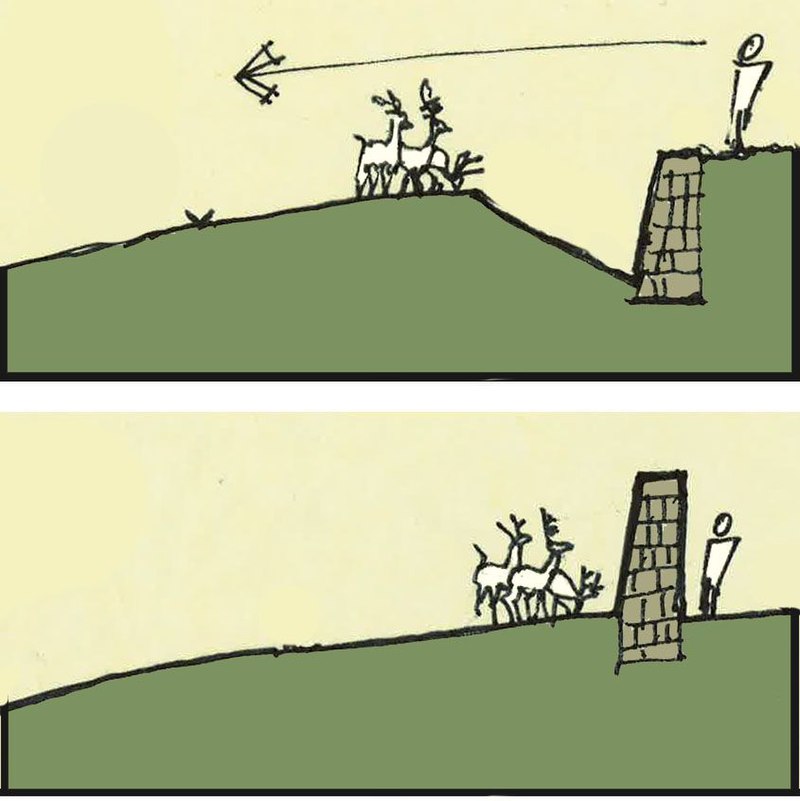OK, really need opinions on this: I was just looking online at a 22 acre homestead in a rural agricultural county. 1600 sq ft house, 40x60 polebarn , 20x30 chicken coop, fenced throughout, at least 14-15 acres in hay and 2 acres of hardwoods on the back, on a well with septic, 150' gravel road, tractor shed. . Off two co. Roads w nieghbors. 19 miles from the co. Seat and a super chinamart. 25 miles from I-71N to Cols. 75 minute drive from my wifes family property. Close enough for group members to keep RVs there for weekends and way below lake effect snow belt. Thanks to Mr. TRUMP AND 6000 EXTRA STOCK MKTpoints I hit my price target 8 years r and parked it. Thinking about a drive tomorrow after breakfast. Wood frame house, newly refinished and updated interior, metal roofs on all. Propane heat, needs wood stoves. Land gently rises to the back with a wooded hill and 50 acre woods. Really tempted but cautious. Been getting this nut togethor for 23 years, lots of staycations, used cars and very few restaurants or delivered pizzas. Planning to run marans, cornish crosses and berkshire -pasture pig crosses, maybe a jersey-anges cross breeding pair and a couple nubian-*****ian crosses milking goats.







